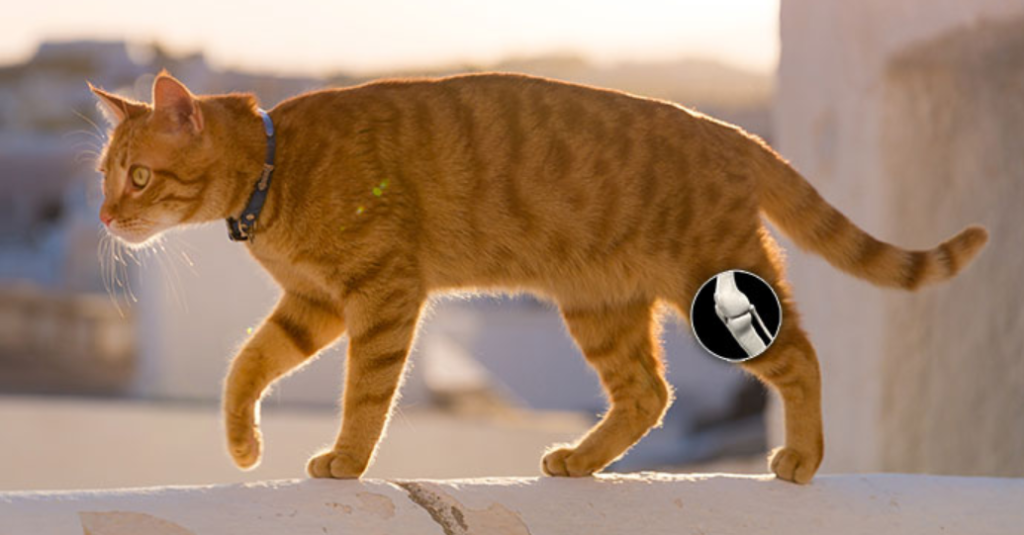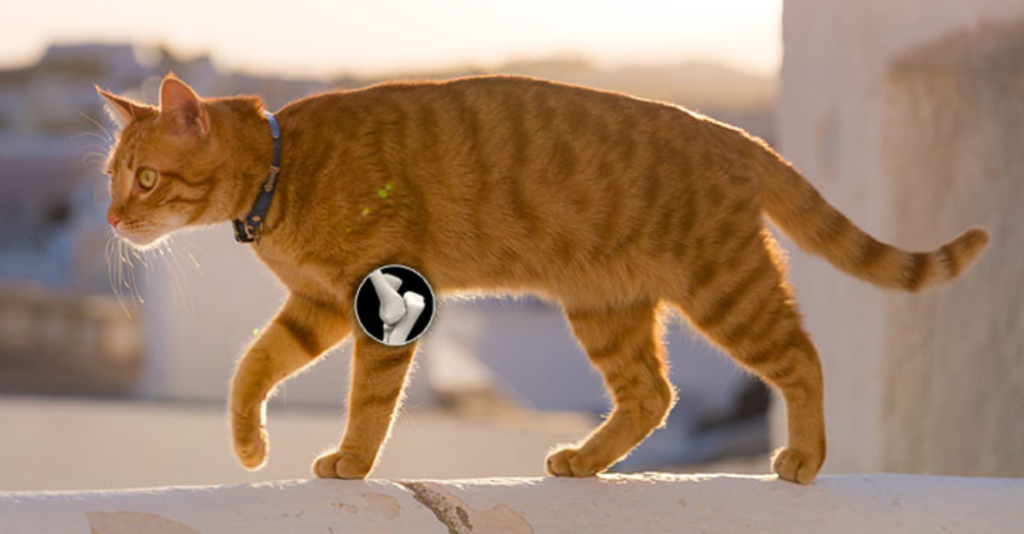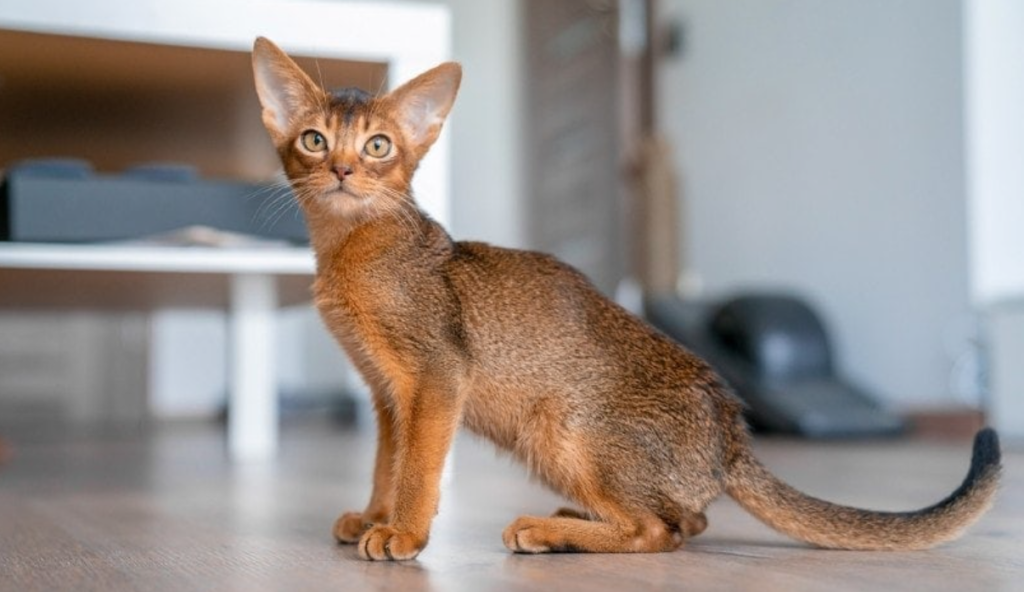Cats may seem flexible and boneless, but a cat’s anatomy is more complex than you might think. Do cats have knees, elbows, and ankles Like all mammals? cats have a skeletal structure made up of bones that provide shape and support. But there are some key differences between human and feline anatomy. Understanding your cat’s joints and how they work can help you better care for your furry friend.
An Overview of Cat Anatomy
Cats are digitigrade walkers, meaning they walk on their toes rather than the entire foot. Their back legs contain the same basic bones as human legs – the femur, tibia, fibula, and feet bones. But the front legs differ in having more flexibility for climbing and pouncing.
Here’s a quick rundown of how a cat’s front and back legs compare to human counterparts:
Cat Front Legs vs. Human Arms
- Shoulder blade – allows flexible shoulder joint
- Upper arm – one long, thin bone instead of humerus
- Elbow – functions like the human elbow
- Forearm – two bones instead of radius and ulna
- Wrist – provides rotation for grabbing
- Paws – equivalent to hands but with claws
Cat Back Legs vs. Human Legs
- Femur – thigh bone, attaches to hip
- Stifle – knee joint
- Tibia/fibula – lower leg bones
- Hock – ankle joint
- Paws – equivalent to feet but with claws
Now let’s take a closer look at the joints and anatomy for each part of a cat’s legs.
Do Cats Have Knees?

Yes, cats do have knees! A cat’s knee is located on the back legs between the thigh and shin bones. The technical name for a cat’s knee is the stifle joint.
Cat Knee Anatomy
The stifle joint consists of:
- Femur – Thigh bone
- Patella – Kneecap
- Tibia – Shinbone
- Ligaments – Connective tissue
This structure allows the knee to act as a hinge to flex and extend the leg. Cats are digitigrade walkers, so they are essentially walking on their toes. As a result, their legs are quite long in proportion to their body size.
When a cat is standing, you can often see the kneecap protruding slightly on the back legs. The cat knee functions very similarly to a human knee.
Importance of Cat Knees
A cat’s knees play an essential role in:
- Bearing weight
- Allowing leg flexion and extension
- Providing shock absorption
- Enabling jumping and climbing
Proper function of the knee joint is critical for a cat to walk, run, and play.
Knee Injuries in Cats
Cats can suffer injuries or degenerative joint diseases in their knees, just like humans. Some common cat knee problems include:
- Luxating patella – kneecap dislocation
- Torn cruciate ligament – ligament stabilizing knee tears
- Osteoarthritis – degenerative joint disease wears down cartilage
- Fractures – broken thigh or shin bone around knee
Lameness, swelling, and stiffness may indicate a knee injury. See your vet promptly if your cat is showing signs of knee problems. Surgery or medication may be needed to treat more serious knee injuries.
Do Cats Have Elbows?

Cats have front leg joints that are analogous to human elbows. A cat’s elbow is located between the upper arm bone and forearm on the front legs.
Cat Elbow Anatomy
The cat elbow consists of:
- Humerus – Upper arm bone
- Ulna – Inner forearm bone
- Radius – Outer forearm bone
The elbow allows flexion, extension, and rotation of the cat’s front leg. It acts as a hinge joint to move the leg.
A cat’s elbow faces backward, so it is not visible from the front like a human elbow. You can see the point of a cat’s elbow on the backside of the front legs.
Importance of Cat Elbows
A cat’s elbows are integral for:
- Bearing weight on front legs
- Allowing front leg joint flexion
- Enabling reaching, grasping, climbing
Free movement of the elbow joint is vital for cats to be able to play, jump, and pounce.
Elbow Injuries in Cats
Cats can suffer elbow dysplasia, fractures, dislocations, and arthritis. Signs of an elbow injury include:
- Lameness in the front leg
- Swelling around the elbow
- Reluctance to move or play
See your veterinarian if you notice symptoms of an elbow injury in your cat. Rest, medication, or surgery may be necessary based on the severity.
Do Cats Have Ankles?

Cats do not have exactly the same ankle anatomy as humans, but they do have an equivalent lower hindlimb joint called the hock. This functions as a cat’s version of an ankle.
Cat Hock Anatomy
The cat hock is composed of:
- Tibia – Inner lower hindlimb bone
- Fibula – Outer lower hindlimb bone
- Tarsal bones – Bones of hind paw
This structure forms the joint between the cat’s lower leg and hind paw. It allows flexion, extension, and rotation of the back legs and paws.
You can see the bony protrusion of a cat’s hock on the backside of the back legs. It is located right above the paw.
Importance of the Cat Hock
The cat hock plays a key role in:
- Bearing the cat’s weight on back legs
- Allowing flexibility of back legs and paws
- Providing balance and stability
- Aiding jumping and climbing
Proper hock function is vital for cats to walk, run, play, and jump.
Hock Injuries in Cats
Cats can suffer sprains, fractures, and arthritis in their hocks. Symptoms of a hock injury include:
- Limping or holding hindlimb up
- Swelling around the joint
- Changes in gait or reluctance to move
See your vet promptly if your cat is showing signs of a hock injury. Rest, medication, or surgery may be required for treatment.
Caring for Your Cat’s Joints
Here are some tips to keep your cat’s knees, elbows, and ankles healthy:
- Maintain a healthy weight – Extra weight puts stress on joints. Keep your cat trim.
- Encourage activity – Low impact exercise strengthens joints. Entice cats to play and climb.
- Use joint supplements – Supplements with glucosamine and chondroitin support joint health. Ask your vet for recommendations.
- Provide orthopedic beds – Thick, supportive beds reduce pressure on joints.
- Massage joints gently – This stimulates blood flow to increase mobility.
- See your vet annually – Have your vet examine joints for signs of injury or arthritis. Early treatment is best.
While a cat’s legs differ from human anatomy, the joints serve the same important purpose – allowing free movement and mobility. By understanding your cat’s knees, elbows and ankles, you can keep them active and healthy for years to come.
Frequently Asked Questions
How are cat knees different from human knees?
The main difference is cats have a stifle joint rather than a kneecap. But it consists of the same bones (femur, patella, tibia) and functions the same way as a hinge joint.
Why do cats have backward-facing elbows?
Their front legs are designed for grasping, climbing, and flexing to pounce on prey. Backward-facing elbows maximize mobility and range of motion.
Do cats walk on their toes?
Yes, cats are digitigrade walkers. They walk on their toes with the hock joint raised off the ground rather than flat on their feet like humans.
Can cats get arthritis in their joints?
Yes, cats can develop osteoarthritis especially as they age or if they are overweight. Signs include stiffness, pain, and reluctance to jump or play. Glucosamine supplements and pain medication can help manage arthritis.
Do joint supplements really help cats?
Yes, supplements containing glucosamine and chondroitin can support joint cartilage to improve mobility. Always consult your vet before giving any supplements.
Summary
- Cats have stifle joints on back legs that act as knees for bending the leg.
- Their front leg joints are like elbows, allowing flexion and extension.
- The hock joint functions as the cat’s version of ankles.
- Knees, elbows, and ankles enable cats to walk, run, and play.
- Injuries and arthritis in these joints can cause lameness and stiffness.
- Keep your cat’s joints healthy with proper weight, exercise, and veterinary care.

